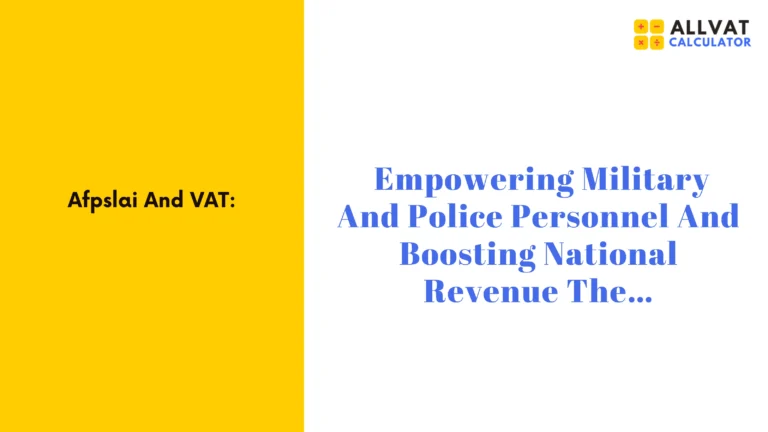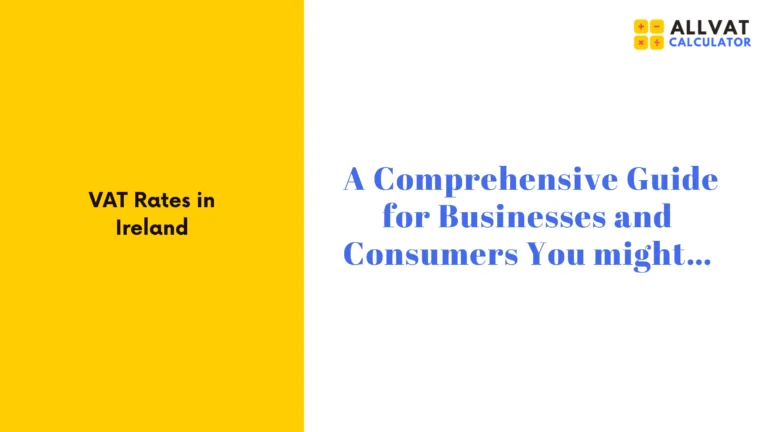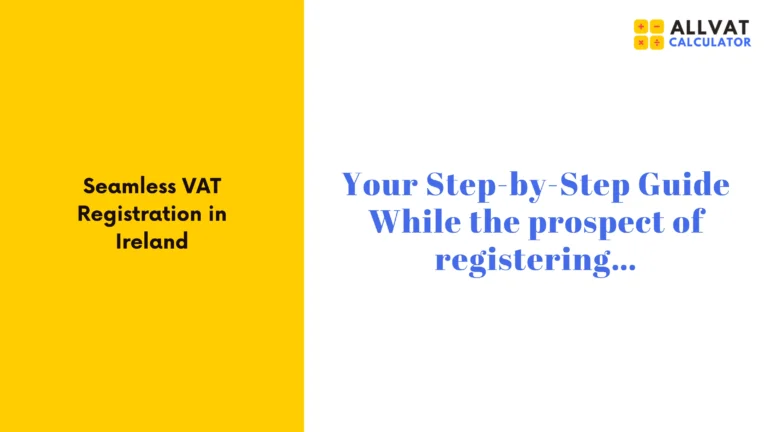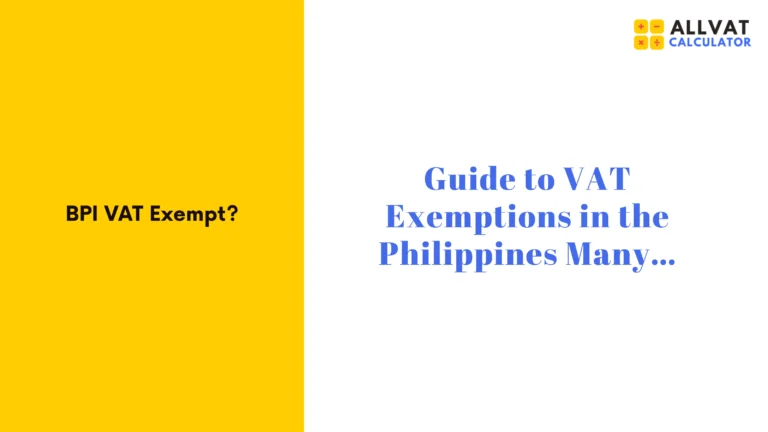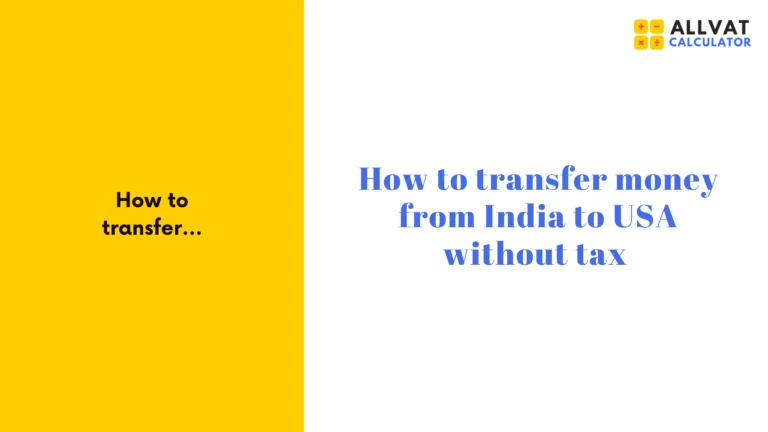How to Check if a Business Is VAT Registered
Similar to how street signs guide you through a city VAT registration checks will aid you in navigating legal business transactions. Making sure that a business has registration isn’t only a good idea, it’s crucial for the protection of your business from fraud, and avoiding financial risks.
In this article we’ll look at the methods to determine a company’s VAT registration status by using the official tools, specific services for a particular country and the best methods.
Why Verifying Registration Matters
The verification of a company’s registration will help you:
- Ensure legal compliance
- Beware of paying VAT that cannot be recovered.
- Prevent fraud
- Qualifies for zero-rated intra-EU transactions
Within Europe, in the EU, you are accountable for ensuring your supplier’s or customer’s registration if you are planning to use VAT at zero or claim on international transactions.
Structure of a Number
The numbers for VAT vary from country to country, but they generally, this format is followed:
- 2 letter country codes (e.g., DE for Germany, IT for Italy)
- Then follow the 213 alphanumeric characters
| Country | Format Example | Notes |
|---|---|---|
| Germany | DE123456789 | 9 digits |
| France | FRXX123456789 | 2 letters + 9 digits |
| UK | GB123456789 | 9-12 digits |
| Italy | IT12345678901 | 11 digits |
| Netherlands | NL123456789B01 | 9 digits + letter + 2-digit suffix |
Knowing the valid formats allows you to spot obvious errors prior to formal validation.
How to Check Registration
1. Use Official Government Lookup Tools
Each country has their own verification system. For instance:
- UK: Check via HMRC VAT Lookup Tool
- EU countries Use the VIES tool of the EU to validate cross-border transactions
2. Use the VIES System (EU Businesses)
VAT Information Exchange System (VIES) allows you to:
- Make sure you verify EU numbers
- Verify the legitimacy of the registration of a trading partner
- Check your own VAT details whenever you are asked
Select the appropriate number of the country then add the number for immediate results.
3. Contact the Supplier or Tax Authority
If your online payment fails If the online check fails, you have the option of:
- You can contact them directly for confirmation of their phone number
- Get in touch with the local tax authority for more confirmation
- Make use of professional services for additional security
Verifying UK Numbers
To confirm the validity of a UK Tax number, use the following:
- Go to the HMRC’s Checker for VAT numbers
- Fill in the VAT number, and submit the request.
- Check the name of the business and address.
If the VAT number is not valid Contact the seller or the VAT helpline of HMRC for clarification.
Verifying EU Numbers via VIES
How to verify EU Tax numbers
- Visit the VIES portal.
- Select the country in which the business is located.
- Enter the VAT code provided
- Submit your request to receive confirmation status
When the tax number can’t be identified, it could be caused by:
- Registration delays
- Issues with database sync
- Incorrectly provided number
Contact the tax authority in your area for clarification.
Common Numbers Validation Tools
| Region | Tool | Notes |
|---|---|---|
| EU | VIES (European Commission) | Cross-border EU checks |
| United Kingdom | HMRC Number Checker | Domestic checks |
| South Africa | SARS Vendor Search (eFiling) | Domestic vendor verification |
| Other Countries | Local tax authorities’ websites | Variable based on the country. |
Reasons Numbers May Be Missing
It is possible for a business to not to have a VAT number due to many reasons:
- not registered to collect, or supplies within the EU.
- Pending registration or processing delay
- Incorrectly entered as well as with formatting mistakes
- Technical mistakes in databases that are public
Make sure to double check the formatting and validate all details directly with the business or tax authorities.
Validating Invoices and Cross-Border Transactions
In order to claim VAT, or apply zero-rated sales, confirm that:
- It has been registered and is valid and has been registered.
- The company’s name and address correspond to the ones on the invoice.
- The invoice contains a valid ID in particular for sales that are not within the EU.
For transactions that cross borders This isn’t simply a formality; it’s legally required.
Should You Use Professional Assistance?
If you’re managing large amounts of transactions, or don’t feel comfortable with the systems of other countries Professional assistance can:
- Automated bulk checks
- Validate results in real-time
- Reduce manual errors
- Ensure documentation for audits
Tax advisors and commercial services are particularly beneficial for multinational companies or for those who deal with complicated VAT issues.
Frequently Asked Questions
Q: What can I do to determine whether a company can be registered for VAT?
A: Utilize tools such as using the EU VIES Tool, HMRC’s checker or call the tax authorities directly. You may also request the company to submit evidence of registration.
Q: Is a VAT code identical to one that is an EIN?
A: No. VAT numbers are only valid for businesses that have a identification number is a tax ID for companies operating who operate in countries that have systems, whereas it is not required for businesses in countries with systems. EIN (Employer Identification Number) is a US federal tax ID.
Q: How can I confirm my own company’s numbers?
A: Visit the tax authority in your country’s website and utilize their business lookup tool and verification tool in order to confirm your registration.
You can also visit: https://allvatcalculator.com/vat-calculator-south-africa/
Master your VAT and pricing with confidence using AllVATCalculator.com’s efficient tax rate tool. When you’re making adjustments to prices, estimating costs or confirming tax costs knowing the proper tax rate will ensure an accurate financial plan and ensures your compliance. Our platform offers clear information on what the tax rate influences both gross and net amount, and all via an easy-to-use interface that’s accessible via mobile and desktop
Final Thoughts
The process of confirming a business’s registration is similar to taking note of the signs prior to making the turn. It makes sure you’re in the right direction. When you’re involved in international trade or domestic transactions verifying the legitimacy of a registration protects your company from legal and financial risk.
Utilizing official tools such as the HMRC Checker and using the EU VIES program and keeping up-to-date about the rules for format by country, you will be able to navigate the VAT process with certainty and understanding.


